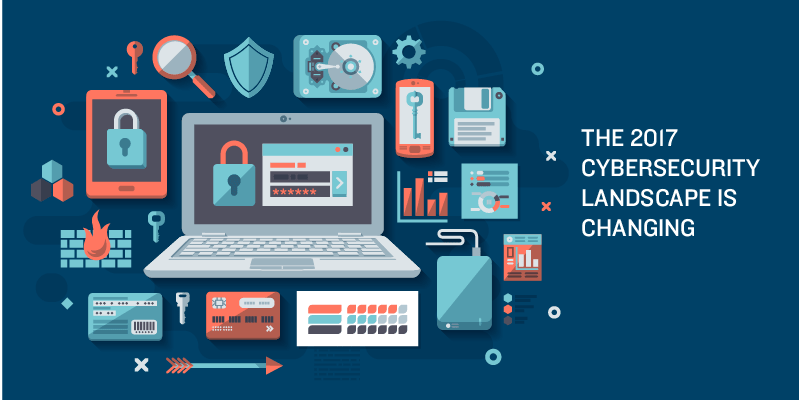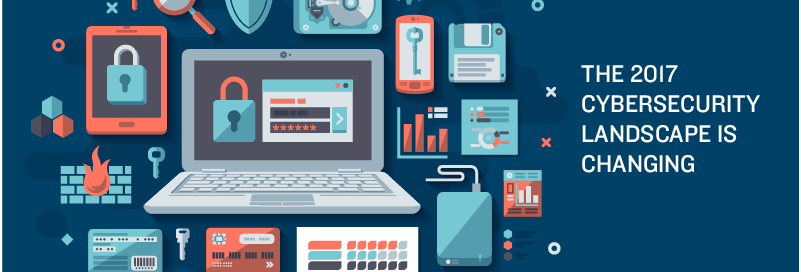
The online security world made it just a few days into the New Year without a major revelation about cybersecurity. On Thursday, January 5th, the United States Federal Trade Commission filed a lawsuit against D-Link Corp. The FTC accused the Taiwan-based manufacturer of technology equipment of neglecting the security of its routers and Internet-linked security cameras.
The lawsuit against D-Link is part of the FTC’s wider attempt to enhance the integrity of Internet-connected devices, including wireless routers, video cameras, video recorders, and other common consumer devices. This group of devices, widely referred to as the “Internet of Things,” has evolved into one of the biggest targets for international hackers, with bad actors hacking into nanny cams, printers, home security systems, thermostats, and even onboard computers in many cars, trucks, and SUVs. Last October, a massive denial of service (or “DDoS”) attack was attributed to precisely such an Internet of Things hack.
So where does the FTC come in? Allison Nixon, director of security research with cyber intelligence firm Flashpoint, told Reuters that the lawsuit against D-Link could motivate other device manufacturers to raise their own levels of security. From easily exploitable flaws like default passwords to lax built-in security on off-the-shelf devices, think of this government action as akin to vehicle mileage standards: if manufacturers know that security levels are being raised industry-wide, everyone will race to produce and release the safest devices possible.
What can you do to enhance and ensure your Internet security?
1.) Keep the passwords protecting your networks, computers, and devices safe.
When you purchase a new router, smartphone, laptop, or other device, make sure the default password is immediately replaced with a strong one containing at least 8 characters (lower- and upper-case letters, numbers, and symbols). To further improve password security, consider activating two-factor authentication on all email, finance, and social media accounts, along with employing an enterprise-level password management solution that can automatically handle the setting, rotating, resetting, and removal of user passwords. In other words, let’s put the old sticky note method of password reminders out of business forever.
2.) Beware of public Wi-Fi.
We all have to use it at some point to get work done on the road, but since anyone else can access the same network you’re on (and hackers can exploit it with extremely basic tools available for free online), avoid any financial transactions, password resets, file uploads and downloads, and other transmissions of personably identifiable information. If you only need a few minutes of connectivity, consider using your phone as an Internet hotspot; otherwise, spend a few dollars so you can gain access to a restaurant, bar, or coffee shop’s private Wi-Fi network. It’s still not as secure as can be, but it’s far better than joining that unprotected public network.
3.) Implement 24×7 monitoring and maintenance.
Many security experts advise powering down office equipment and/or disconnecting Internet-connected devices when you’re not using them (particularly on the weekend) to reduce exposure to cybercriminals. But at CMIT Solutions, we keep our clients’ systems running nonstop so that we can keep a constant eye on desktops, laptops, servers, routers, printers, and other devices. Our advanced traffic analysis solutions work 24×7 so that we are always up to date on the shifting security landscape.
When it comes to online safety, there is no substitute for the guidance of an IT professional deploying the best commercial-grade equipment to prevent hacker activity. And while 100% protection is tough, with an experienced IT provider in your corner, you can prevent issues and fix problems before they turn into tech-related disasters.
CMIT Solutions understands the changing world of digital protection, and we work 24x7x365 to keep our clients safe from Internet-related scams, infections, and hacks. If you have questions about the Internet of Things or need help assessing the security of your networks, systems, and devices, contact us today.
Comprehensive IT security requires multiple layers of support.
Preventing today’s constantly evolving security threats isn’t easy. And it isn’t something that just one tool can achieve. Believe it or not, the well-meaning folks who work at your company can present a huge security threat, as well.
Learn More about Layered IT Security Solutions from CMIT.



Leave a comment!
You must be logged in to post a comment.